Hello and welcome back to History of X, the monthly X-Men column that boldly goes where many Starjammers have gone before — deep into Shi’ar space trapped in the belly of a giant lobotomized pink whale! Previously, this column has appeared on Comics Bookcase, but it’s now moving over to The Beat. Have you been reading our ship’s log since the beginning? Of course you have, you’re training to join the crew and any good recruit worth their meteor salt knows that these columns will be on the midterm. (Scratch that, Hepzibah says we’re pirates, there’s no midterm.) If you’re behind, you can check out early entries through this handy link right here but don’t let Raza find out you’ve been slacking or it’s bang, boom, straight to the moon of Xandar.
This galactic log chronicles the X-Men’s first encounter with the sadistic, sinisterly scaly, space-faring species The Brood, the X-Men’s original “graphic novel” God Loves, Man Kills, and the many trials and tribulations of Storm Mistress of the Lesbian Coded Relationship! A lot happens in this era, characters become icons, stories mature, and Claremont, Cockrum, and editor Louise Simonson make an amazing collaborative team and cement the X-Men as the most important comic book of the 1980s. Oh! And Paul Smith begins his brief but gorgeous run as the resident X-Artist.
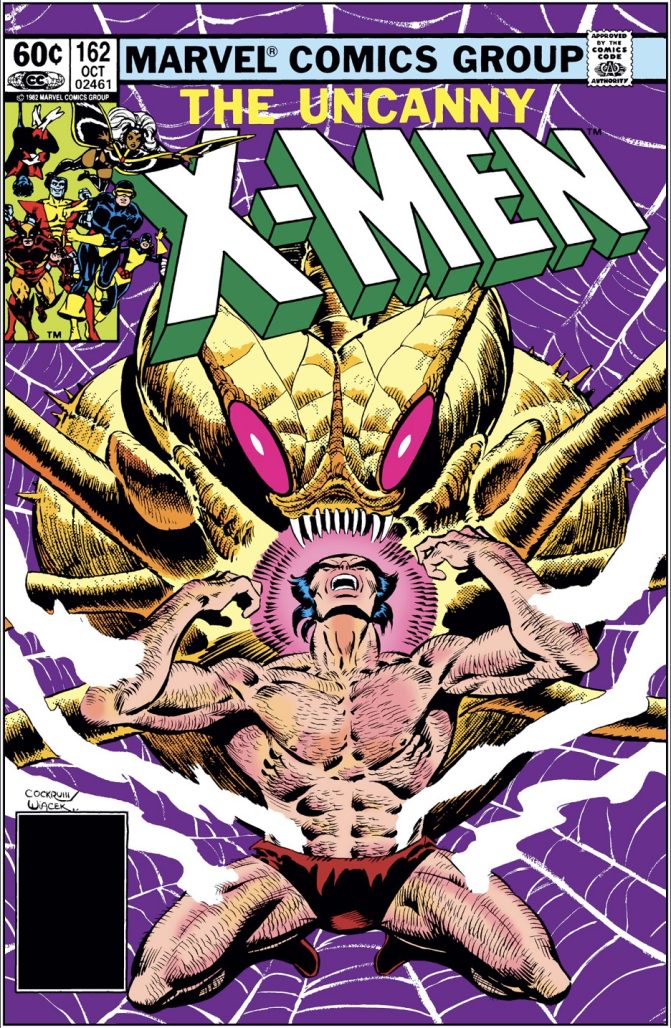
While The Dark Phoenix Saga often gets the most love and academic consideration, for good reason it’s a very important and resonant story, this collection of Chris Claremont’s run on the X-Men might be my favorite. I shudder to imagine having to choose just one omnibus in a “shipwrecked on a desert island- or rather, a hostile alien planet” scenario, but blaster to my head I think I would have to clutch tightly to the Uncanny X-Men Omnibus Vol 3 and press onward into the unforgiving unknown. You can buy a copy of my favorite X-Men Omni right here!
Sleazoids From Beyond The Stars
Being a massive horror and science fiction movie fan, The Brood are some of my favorite X-Men villains and this Uncanny X-Men collection is a Brood-a-palooza. They are so scary y’all! Clearly riffing on the recent success of Ridley Scott’s 1979 hit Alien, Claremont and Dave Cockrum introduce The Brood in an arc starting in Uncanny X-Men #154 and continuing through over a year’s worth of comics. The creative team is clearly having a blast in this era, Cockrum deeply in his preferred element drawing grotesque and beautiful alien creatures and landscapes, Claremont serving the highest peaks of Claremontian melodrama.
The arc begins when Captain Corsair of the Starjammers shows up on Earth, tailed by Sidri hunters (weird little space manta rays that can merge to form a bigger space manta ray) and Shi’ar Empress Lilandra Nerami’s power-hungry sister, Deathbird. Corsair, nay, the galaxy needs the X-Men’s help! Oh, and by the way, Corsair is revealed to be Scott and Alex Summers long lost father! Oh, and Jean Grey and Storm already knew about it but kept it a secret per request! OH, and Tigra – The D Grade Avenger – is here for some reason? Anyway, who’s got time to process that when there are galactic shenanigans of the utmost importance afoot?
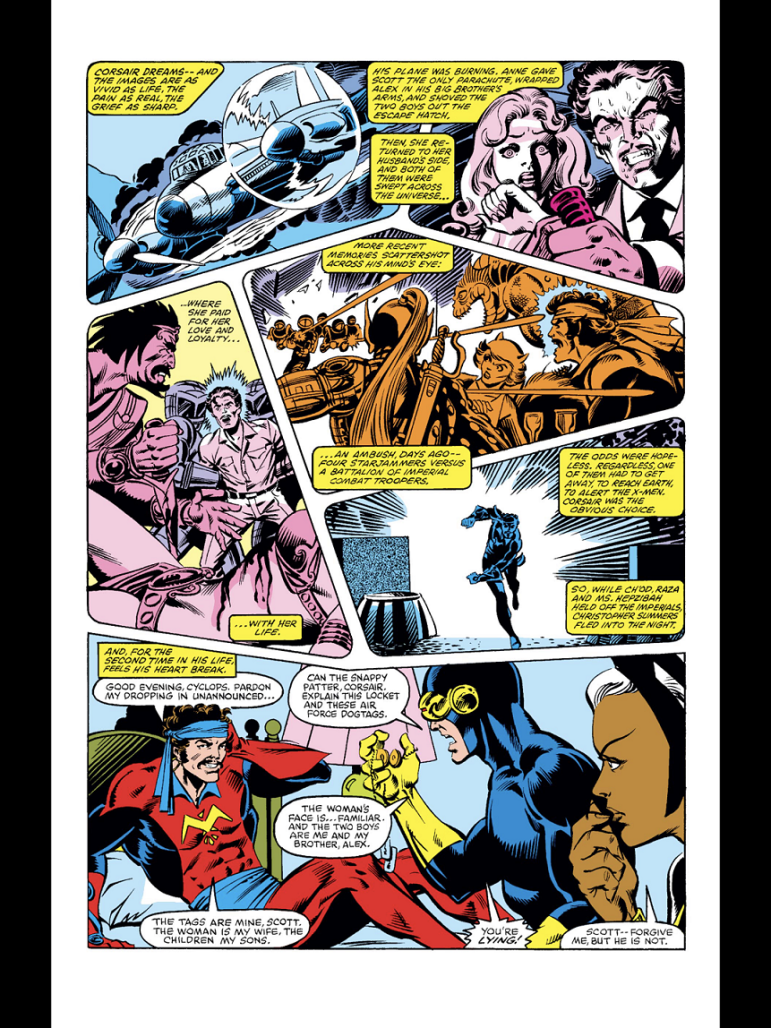
The Brood arc is a classic Claremont long game, ideas and plot points seeded in early issues won’t come to fruition until six months later in publication time. There’s the initial battle for the Shi’ar throne section taking place in issues 154-157, and then after a several loosely related issues (Rogue! Dracula! Limbo! Oh My!) we’re thrust back into the Brood storyline that has been simmering in the background with little to no warning.
Now you may be asking yourself, how many times is Micheal going to make me read the phrase “The Brood?” The answer is a lot. The Brood are a matriarchal parasitic predator species from another universe or dimension (we don’t know the other dimension part during Claremont’s run though, we learn that juicy nugget of interest in Jonathan Hickman’s X-Men #8 and #9) who consume, subjugate, and/or assimilate any and every species they encounter. They even lobotomize giant space whales called the Acanti and use them as a means of galactic conveyance. The Brood are bad news. (They’re basically colonial white people, but that’s a longer essay.)
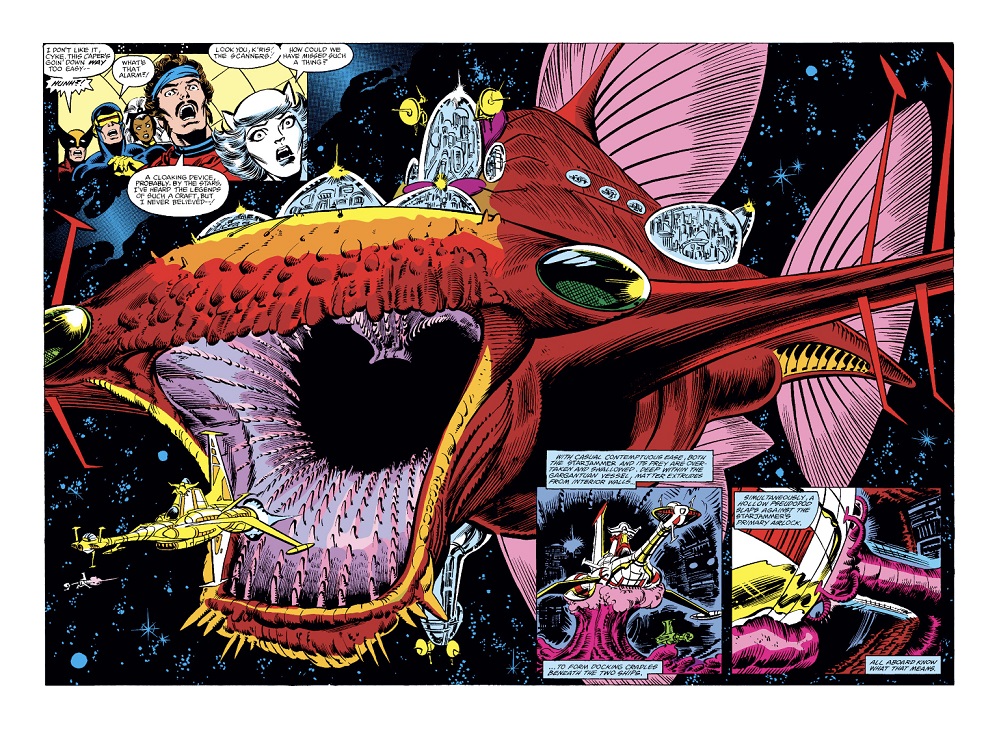
Cockrum’s design for The Brood and their means of reproduction are both clearly a direct riff on the Xenomorph creature that H.R. Geiger created for Alien but mixed with the real world horror the Leptopilina wasp (read more about those sick fucks over here). They’re fucking gross.
Not to yuck anyone’s yum, but The Brood are one monster I never want to read Slash about. (Just kidding, if you’re bold enough to write a sexy story featuring The Brood I will read that shit. I’ll be upset, but I’ll read it.) The segmented body, the curly barbed tail, all the limbs, the translucent wings. Blech, the reproduction by implantation? It skeeves me out so much. The Brood take the body horror of egg implantation one step further by not only gestating inside their victims but consuming their host’s identity, memories, and skills before transforming their flesh.
Without spoiling too much, because I find this arc to be top tier comic book gold that you absolutely should read, this run features star turns for many of the X-Men, from Wolverine’s alien-innard stained Robinson Caruso romp in #162, Kitty’s teenaged Ellen Ripley moment in #163, Carol Danvers’ dramatic rebirth as Binary in #164, and Storm’s heroic brush with death and acceptance in #165 there is simply no dull moment in this entire run of issues. Thrilling is the word that keeps coming to mind and it feels fitting. As Louise Simonson writes in her essay Character and Conflict, “if there is a theme to these Uncanny X-Men issues, it is transformation.”
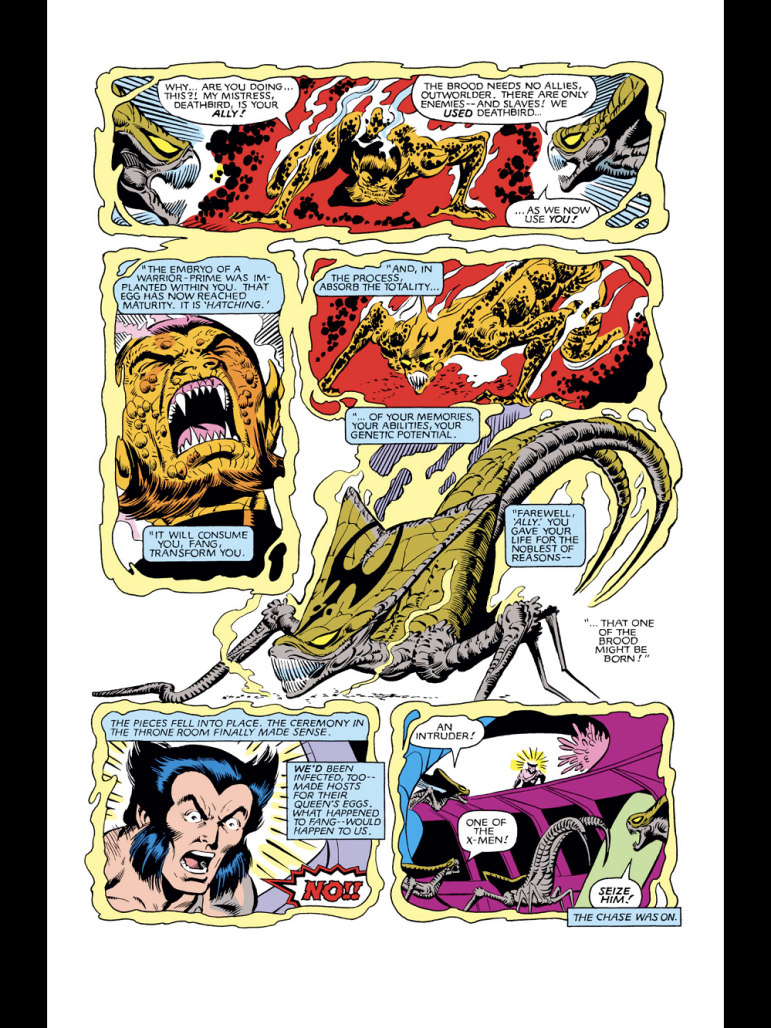
Now, as is always the case in processing these Claremont stories with the retcon knowledge we have now have, is the time to ask: What could Moira MacTaggert, Charles Xavier, or Magneto have done to avoid these horrors? Great Question. We don’t know if The Brood made an appearance in any of Moira’s other lives, but it stands to reason that they must have. So as per usual, fuck Moira and Xavier for that matter, for allowing these young mutants to suffer through alien embryo implantation and all of that shit.
Writer Jonathan Hickman has planted the seeds for major future Brood stories by introducing the “King Egg” and the Kree’s genetic manipulation of The Brood as a species. Also, explaining that The Brood are in fact extradimensional beings provides a new ripple to their background that begs to be explored. Where did they come from? And how will little Broo’s new role as King of the Brood change the galaxy? All I can say, Space Pirates, is I can’t wait to find out.
Because You Have No Right To Live
God Loves, Man Kills is a difficult read for many reasons. It opens with one of the cruelest, most realistically violent scenes in X-Men history. Some elements of its narrative haven’t aged well, some parts of it never should’ve happened, and some of its story hits so close to home it’s destabilizing. Reader beware, this comic is a lot.
Man Kills is perhaps the most “mature” X-Men story in that it deals with real-world violence and hate crimes rather than cape comic heroics. Nothing about this story is a romp, there is no swashbuckling, no one is quipping, and everyone is miserable. This long-form “graphic novel” written by Claremont with art and colors by Brent Eric Anderson and Steve Oliff was released in December of 1982 in the midst of The Brood Saga and seems to take place somewhere in between the panels of issue 168. I think. That’s what people say. The timing doesn’t really make a ton of sense, so much so that this story isn’t always considered canon.
Reverend Stryker and his bigoted followers are fictional but their methods and rhetoric are very real. While the mutant metaphor is imperfect, it’s easy to read this story and draw parallels to the way that Black and indigenous people have been victimized by the white supremacist state. Stryker’s absurd obsession with mutants mirrors real-world conservative hyper fixation on queer and trans bodies. While this story was created in 1982, its themes are frighteningly resonant today.
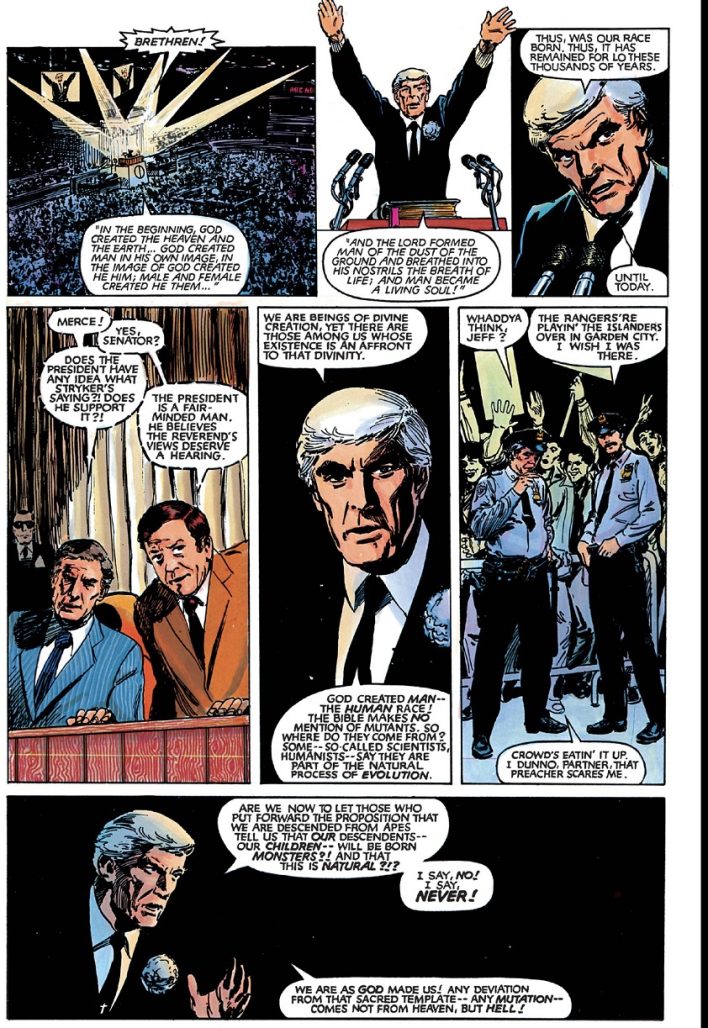
Now, if you read this story digitally or in a newer printing, you might notice that a word is blurred out from one of Kitty Pryde’s speech bubbles. Kitty uses a racial slur to make a point when speaking to her Black dance teacher Stevie Hunter about the prejudice of one of her fellow students. This sucks. There’s no way around it. While the intention may have been to shine a light on racism and its parallels with anti-mutant bigotry, Claremont, unfortunately, reproduced racism and used a slur to craft a flawed metaphor. Putting that word in Kitty’s mouth was ultimately a mistake. And for some reason…Claremont just kept doing it. Kitty has several instances of using slurs to make a point, and while the intentions may be altruistic, it’s difficult to sit with.
In his essay Solving for X: ‘God Loves, Man Kills’ Through the Lens of Now linked here, Eisner award-winning scholar John Jennings writes that Kitty “…like most of the classic X-Men team, can easily pass for a “human” and are phenotypically white. Because they aren’t perceived as different.. (they) will never experience the trauma of racism that Stevie has endured and will continue to endure until we end systemic racism.”
While stories about mutants and their struggle against a “world that hates and fears them” can be useful analogs, it’s necessary to consider not only who is creating these stories, but also which characters and whose experiences are centered in them. Very few Black writers have ever been given the opportunity to write the X-Men, and aside from Storm, very few Black X-Men have been given consistent story focus throughout the 60-year publication history. Yet the X-Men and mutants are constantly being used as metaphors for the experiences of Black people. Make that make sense.
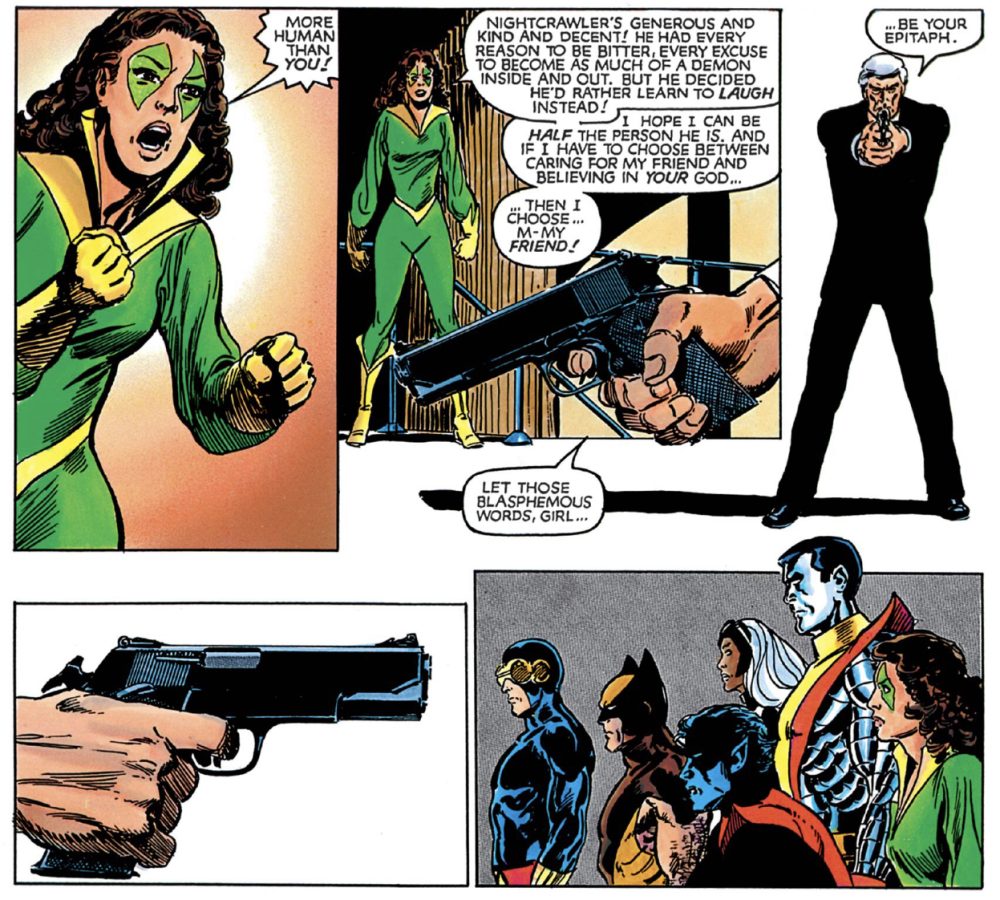
I’m Going To Cut That Trauma Right Out Of My Hair
Storm is the goddess of the X-Men. Claremont clearly worships her. Her prowess, her power, and her elegance have all taken center stage in many stories and during this era, her humanity and vulnerability shine. Storm goes through a lot in these issues. On the home front, she has to deal with Cyclops and Xavier undermining her leadership of the X-Men while simultaneously contending with yet another be-caped lothario nipping at her neck and this time it’s Dracula! In Space: The Brood! Later, in the seemingly endless tunnels beneath New York, a severely ill Storm battles Morlock leader Callisto in a knife fight to the death! And in Japan, Storm befriends a wild butch named Yukio and gets a punk makeover that shakes up her identity forever! This is a massive era of trauma and triumph for Storm.
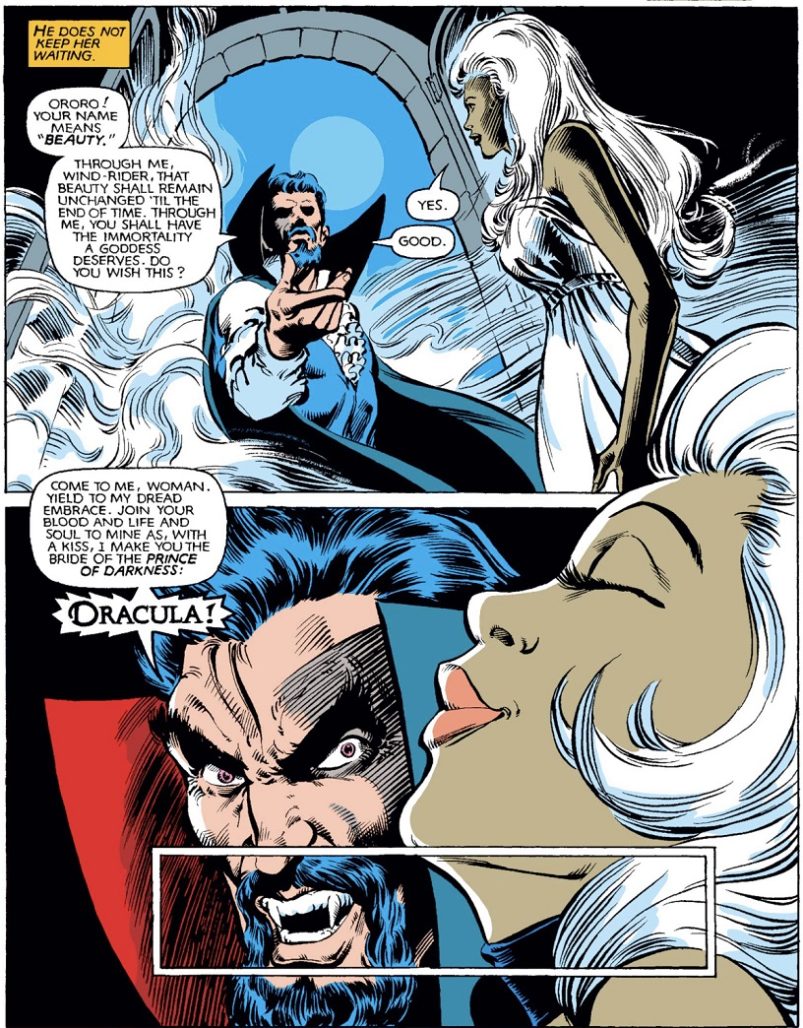
The two Dracula stories in this collection are both hilarious and genuinely great horror stories. Marvel’s Dracula forever exists in the mythological 70s, issues that focus on vampires always ring of exploitation cinema and camp. When Storm is bitten by the dark prince of the night in issue #159, Kitty “Van Helsing” Pryde rushes to the rescue. Guest artist Bill Sienkiewicz, using a combination of his signature flair and house style, draws Storm in this story with both ethereal beauty and grotesque exhaustion. Ultimately Storm triumphs over Dracula’s hold with… integrity? Sure! It’s weird but fun!
Later in Uncanny X-Men Annual #6, Storm feels Dracula’s pull on her once again and makes moves to end his reign of terror once and for all. Again, Sienkiewicz creates some really iconic panels including one of my favorite instances of Kitty Pryde having a teenage meltdown. Dracula’s daughter, Lilith, impersonates/possesses Kitty in an attempt to kill her daddy Drac and a vampirized Rachel Van Helsing is mercy killed by Wolverine as he grimly states “Killin’s my profession.” These stories are ridiculous and don’t really matter in the long run, but if you enjoy them as much as I do I highly recommend reading Tomb of Dracula, or if you really love vampire camp check out the cringe-worthy X-Men storyline Curse of the Mutants.
Now drawn by my definitive X-artist Paul Smith, Storm and the X-Men’s first encounter with the Morlocks in issue #169 has a massive impact on her characterization. When former X-Man and professional “rich himbo” Warren Worthington III is kidnapped from his home, the X-Men spring into action. What they find in their search for their missing comrade is an underground society of mutants who have left or been pushed out of society and taken refuge in the subterranean world beneath… seemingly all of New York? Like legit, in the 616 there seem to be uninterrupted underground tunnels from The Battery to White Plains. I digress.
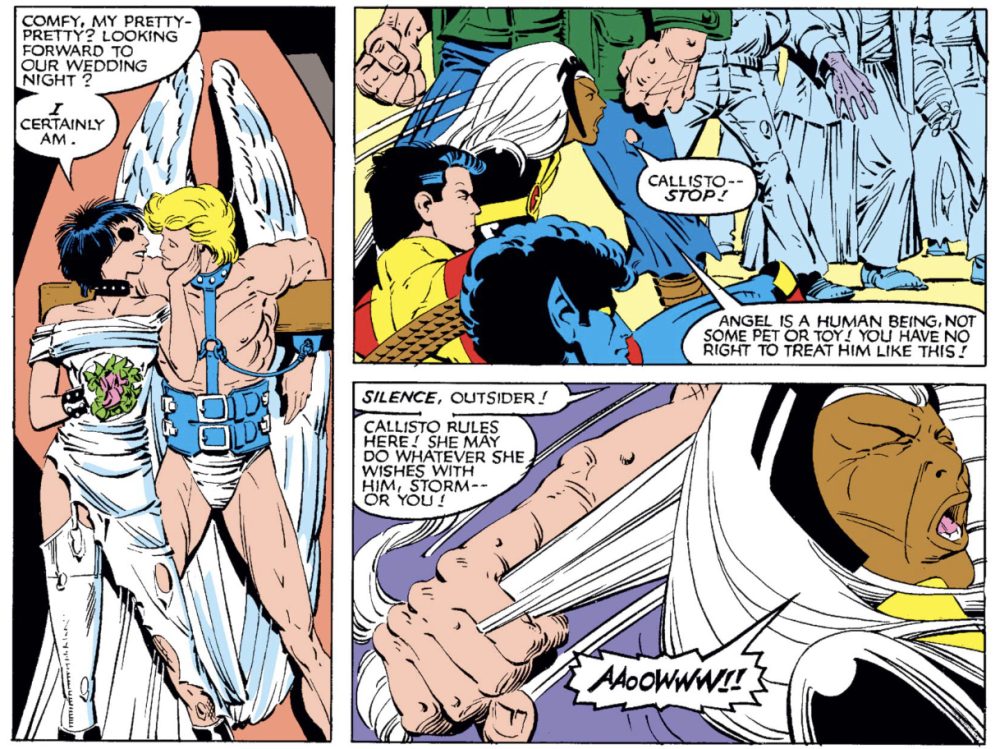
Storm has long been a character who insisted that she would never kill another being but throughout this era we see this moral code tested multiple times. After her encounters with Dracula and The Brood, Storm has been pushed to her limit and when Callisto challenges her to a duel to the death, in two glorious pages expertly rendered by Smith and colorist Bob Wiacek, Storm puts the Morlock leader down with brutal efficiency. While Callisto’s life is saved by the Morlock Healer, Storm was willing to end Callisto’s life and that shift in her personal ethics is huge.
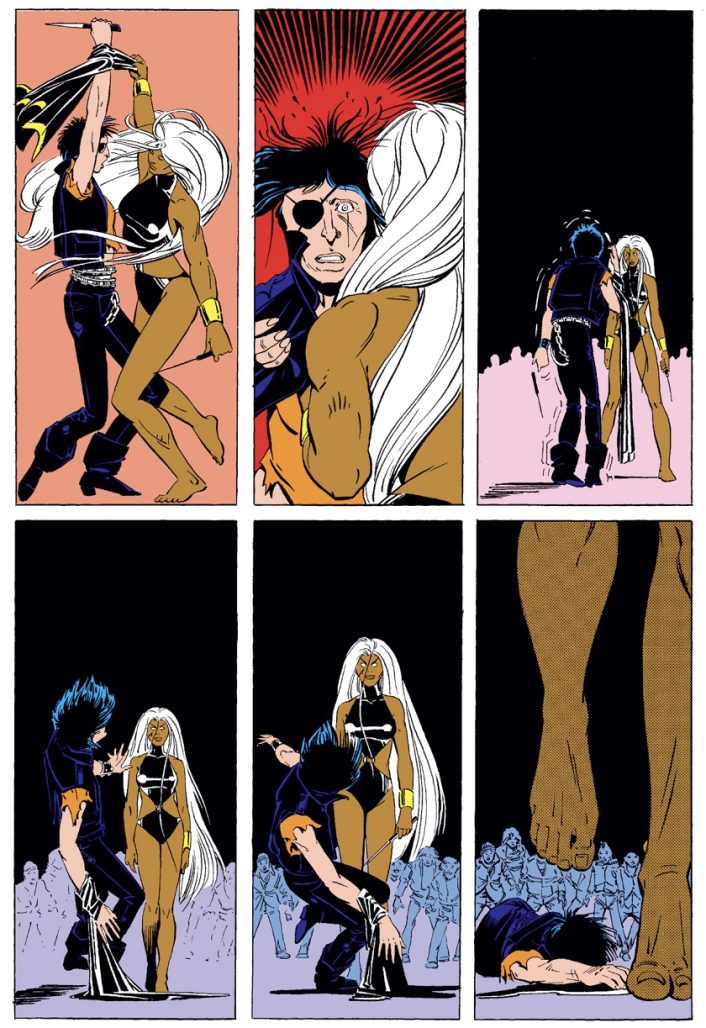
Later in issues #172 and #173 when the X-Men travel to Japan for the surprise wedding of Wolverine and Mariko Yashida, Storm becomes enchanted with Yukio, a hardcore butch mercenary with a flair for violence. Storm is both enthralled and frightened by the feelings that Yukio awakens in her and ultimately chooses to indulge in her “darkside” leading to one of the most iconic character redesigns of all time. Mohawk Leather Stud Storm is the moment, she’s fierce as fuck, and every time I look at her I blush. Truly an icon. Legendary.
Storm’s relationships with Callisto and Yukio are both heavily queer coded and while not enough to count as “representation” served to satisfy many queer readers longing for gay storylines in the X-Men during a time when Editor-In-Chief Jim Shooter may have forbid depictions of homosexuality at Marvel.
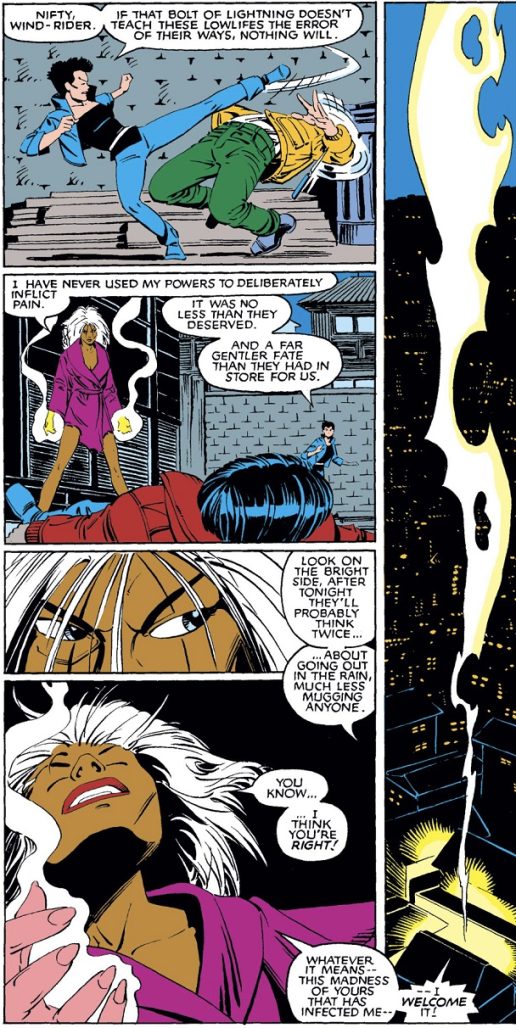
These stories focusing on Storm’s transforming identity and her growing aptitude for brutality directly lead to modern depictions of the character. In the Dawn, Reign, and Destiny of X eras, we see a Storm who can hold her own against Death, who embraces her whole self both kind and brutal. In the pages of X-Men Red, Storm goes toe to toe with the unyielding and violent mutants of Araako, proving her worthiness as a leader and warrior. Storm is the true goddess of mutantkind and her legendary status is still growing.
Hey, you didn’t even mention Madelyne Pryor once?
That’s true! And that was a difficult call. I love Madelyne Pryor and if you want to hear A LOT about her, check out the Cerebro Patreon to get access to a super cut episode where Connor Goldsmith talks about her for over an hour! Claremont comics are dense y’all and Cyclops and Madelyne’s story was largely taking place in B plots while other stories played out. I also didn’t really have room to touch on Rogue despite her being one of my all-time favorite X-Men characters. I promise I’ll do my best to touch on all these characters when I can make it work in the column, I just also want to keep each of these entries under 3000 words.
But wait, what about the Wolverine and Magik Miniseries?
Glad you asked! Again, there was just too damn much to dig into this time around and those miniseries are also VERY dense. So, I’m banging out a special columns dedicated to specifically those books! Join me next time when this column becomes MINIS OF X for a deep dive into Wolverine from Chris Claremont and Frank Miller. After that, we’ll be back with a new Heroes Of X on the first hardcover collection of Benjamin Percy and Andy Kubert’s Wolverine!


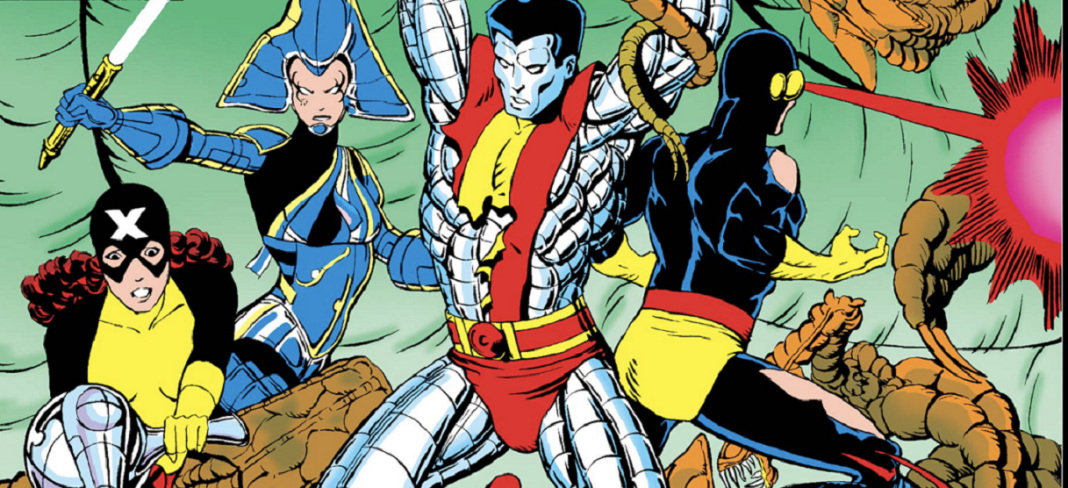

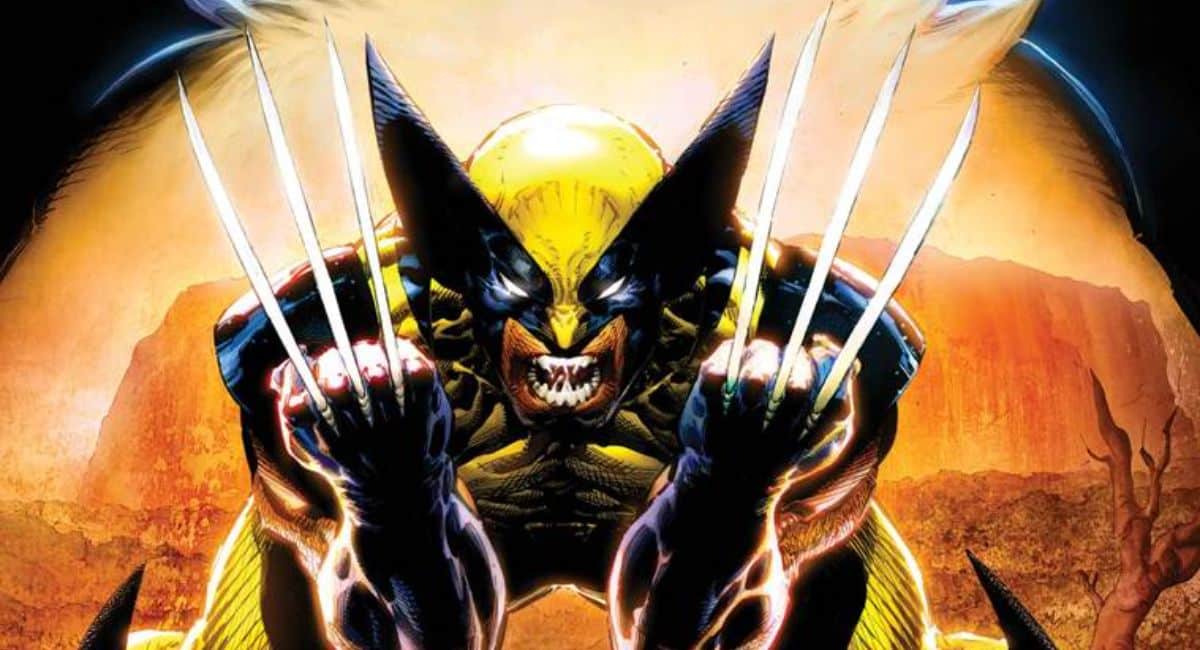
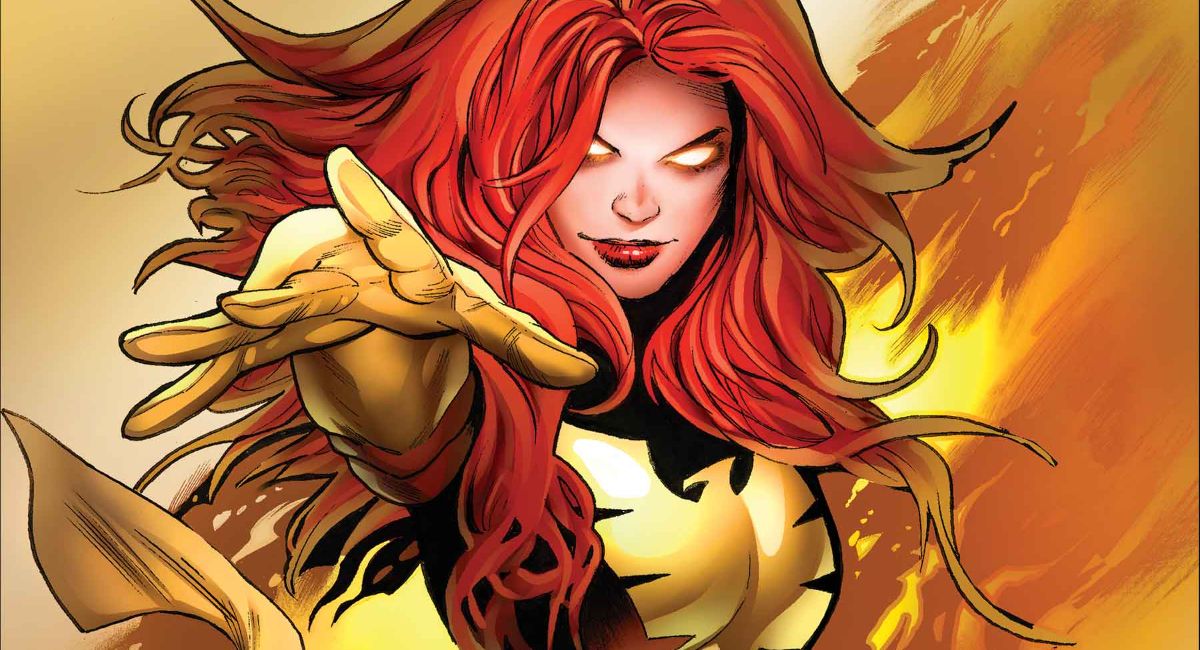



Wow, we are of one mind on these stories! My absolute favorite storylines and era!
I think my favorite compilation of Chris Claremont’s X-Men stories is this one. I dread the thought of being forced to select only one omnibus in “shipwrecked on a desolate island- or perhaps.
Comments are closed.